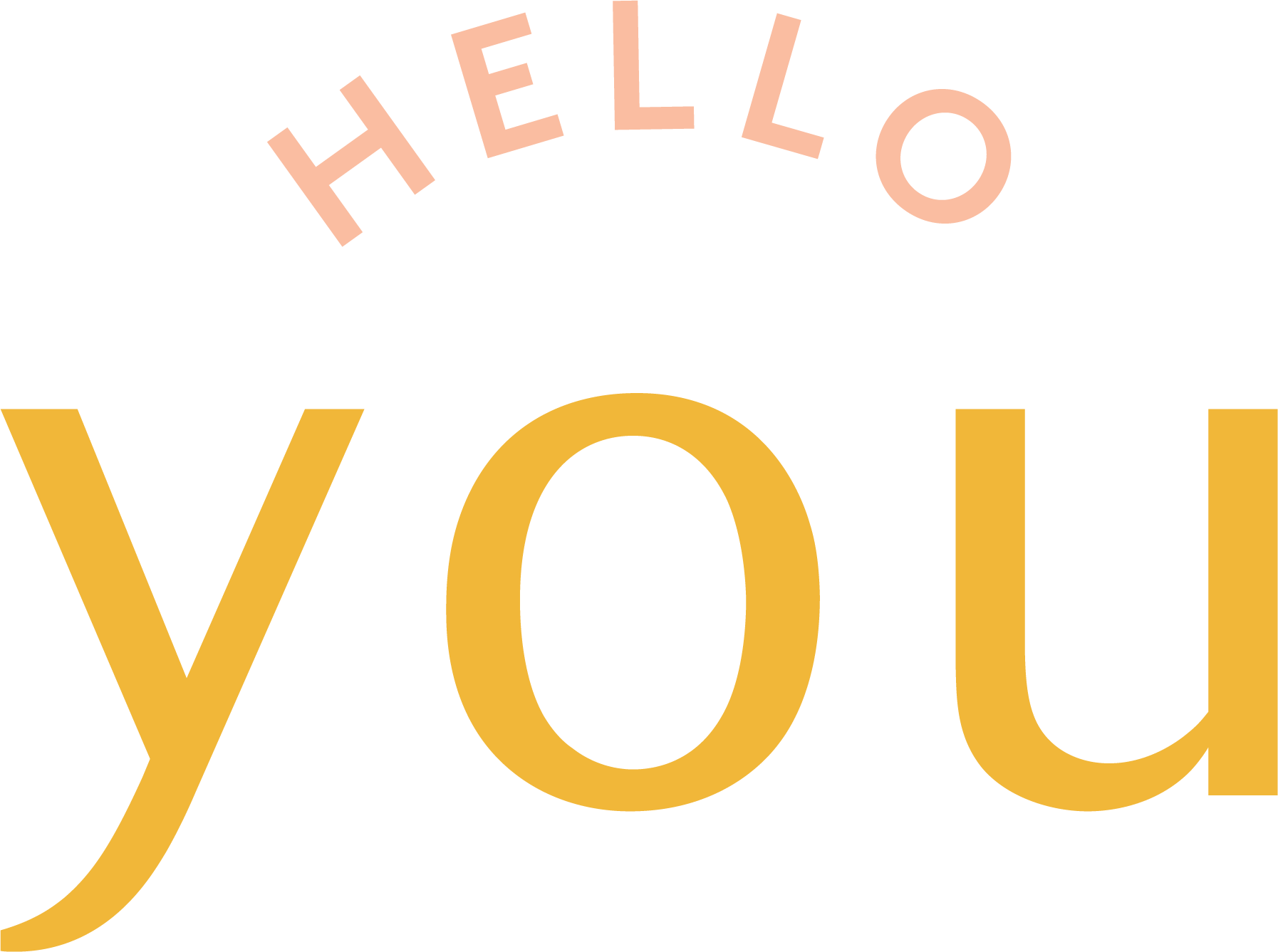Inclusivity is a hot topic right now and corporates around the world are doing their pinstriped darndest to make sure their language doesn’t exclude a single human on the planet (even those who identify as otherwise).
Everyone is on red alert for any language that may be deemed offensive, sexist or gender exclusive. And I get it. I mean, have you ever gone head-to-head with someone from this generation? Sweet, Frankenstein, I wish you well. Here’s a number for a lawyer. And a therapist. You’ll need it.
But here’s the thing…
In an attempt to include everyone when writing content, brands end up reaching no one.
That’s because the golden rule is to write with one person in mind. Always.
One person.
One belief.
And, oftentimes, one gender.
Come on, Esmeralda, pick a side!
When you can identify with your target audience’s specific needs and frustrations, you make them feel seen, heard and understood. You establish likeability and trust.
How else will your readers know they’ve come to the right place? How else will they decide that you’re the one for them?

If brands can’t write “make mum proud” for fear of excluding others, but also can’t write “make dad proud” for the same reason, what can they write?
‘Make someone proud’ falls flat because ‘someone’ doesn’t give a shit as much as mum does. Anyone who’s ever had their clothes ironed and lunch made (yes, even as an adult) when mum stays over, knows this. Mums care. Someone? Not so much.
You could write ‘make a parental figure proud’. But this just sounds like Young Sheldon intercepted the final proof, and I’d rather stab myself in the eye repeatedly with a letter opener than continue reading. (Also, who has letter openers these days?)
The more specific you can be when you write, the more the right people will engage with your content. And the more they’ll think, “hey, this brand knows me.”
“They get me!”
And maybe even, “Dang! This 90’s throwback hustler ain’t so bad after all!”
Maybe…
Yet, there are still so many brands out there that do a full-bodied wince at the slightest mention of gender. It’s like someone (usually me) has committed a woke crime of Gen-X proportions.
The other day I included the sentence, “bold, masculine words that communicate energy and action” in a brand’s tone of voice guidelines.
This was the response it elicited:
“Why do men get all the good words?”
Actually, they don’t. Feminine words are just as good. But in a different way. They’re expressive and exquisite and poetic. But they don’t communicate this particular brand’s personality like bold, masculine words do.
That’s just the way it is. And — side note — when did we start personalising tone of voice to make it a war of the sexes?
Women are born with certain strengths and characteristics. As are men. Why are we denying those things in an attempt to take the best bits from each gender and smoosh them together into whatever crazy-ass, Picasso-style piece of writing we can?
Doing this just confuses the reader and confuses your brand.
Brands need to stand for something. They need to own who they are. And make no apologies for it…else, byeeeeee! * waves hand as Brand drops off the cliff in dramatic Thelma & Louise finale *
I am all for progress and inclusivity. But I think we can still progress and still include others without completely watering down every inch of our content until it’s a generic, non-binary soup fest that spends its days on a white (nope, that’s privilege) picket fence.
I appreciate this may rub a few folks up the wrong way, but I consider myself an open-minded Gen X-er with a penchant for a good debate. To that I say, bring it.
On a serious note, I’d actually love to hear your thoughts on this and how you think we can approach these topics with wisdom and grace. OK, and a hefty sense of humour. Because COME ON. We could all do with taking ourselves a little less seriously in 2022.


Recent Comments